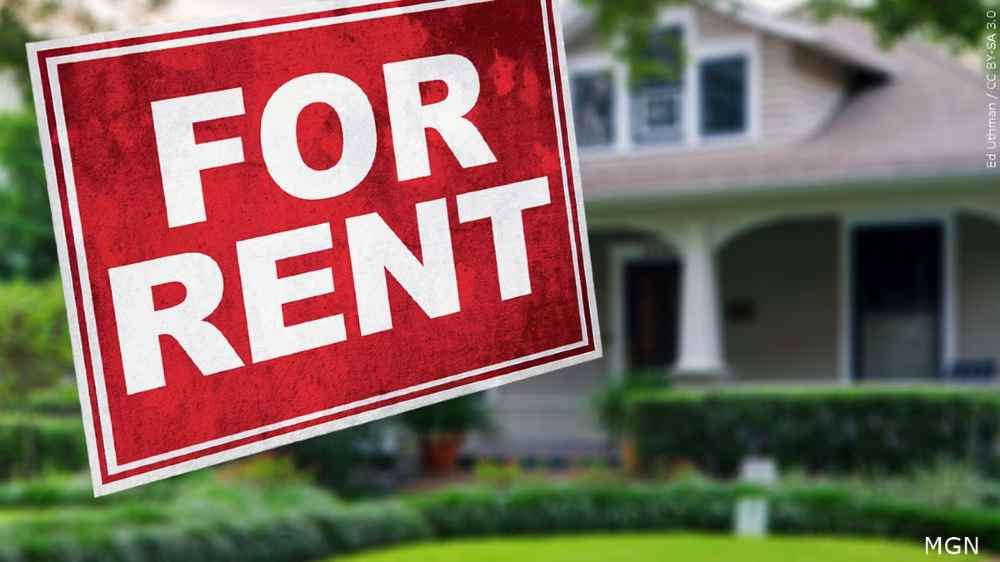This marks a significant increase from 2010, with over 44,000 renter households affected in 2022, compared to 36,000 in the previous decade.

A recent analysis by the United Planning Organization (UPO) reveals a concerning trend in D.C., where over 50% of renters are allocating more than half of their income on rent and utilities
The report emphasizes that a substantial number of these households earn less than $50,000 annually, compounding their financial strain. Andrea Thomas, UPO’s president and CEO, highlights the far-reaching consequences of this housing crisis, including disparities in food access, healthcare, and education. The report underscores the need for D.C. to take more substantial action in creating affordable housing options for those most affected by exorbitant income on rent.
Thomas points out that the city is falling short in terms of investing in rental assistance, with only 400 low-rent subsidy vouchers being provided annually, far below the necessary 1,000. Additionally, the report criticizes the underutilization of the Housing Production Trust Fund for affordable housing initiatives.
The city has made commendable efforts in housing for homeless residents, but it has not adequately addressed the broader issue of rising income on rent
The Office of the Deputy Mayor for Planning and Economic Development notes progress toward Mayor Muriel Bowser’s goal of 12,000 new affordable houses by 2025. The report also highlights that the income on rent affordability challenges are most concentrated east of the Anacostia River, exacerbating disparities in access to basic needs. Thomas emphasizes the mental and emotional toll on individuals forced to prioritize housing over other essentials.
In conclusion, the D.C. renters’ rights crisis calls for urgent action to provide affordable housing options, ensuring residents can live, work, and thrive without the burden of excessive housing costs.
READ ALSO: Hays Consolidated Independent School District Explores Affordable Housing Solutions For Employees




